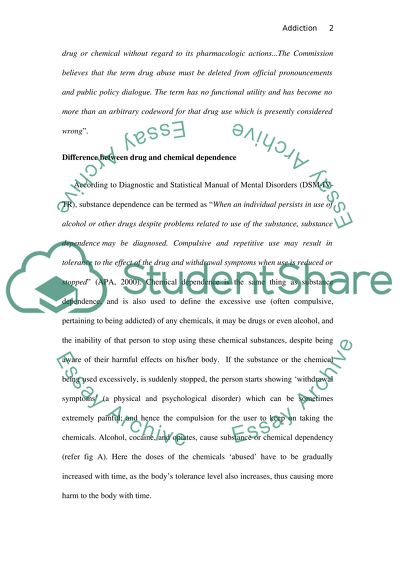Diagnostic and Statistical Manual of Mental Disorders Case Study. Retrieved from https://studentshare.org/health-sciences-medicine/1573415-substance-abuse
Diagnostic and Statistical Manual of Mental Disorders Case Study. https://studentshare.org/health-sciences-medicine/1573415-substance-abuse.


